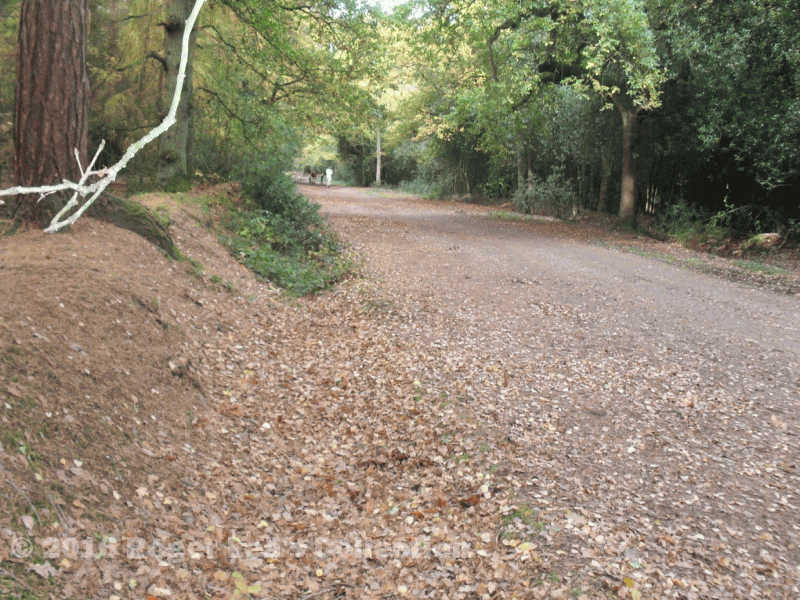Richard Lee paid the Lord of the Manor of Sutton eight pounds for “the herbage of the Park” in 1480. This was for the grazing rights in Sutton Park, and a previous bailiff’s account, for 1433, records income from Matthew Smallwood for the herbage of the park “reserving sufficient grazing for the wild beasts there”.
There were deer in Sutton Park, and the Park Keeper, Humphrey Gelson, was paid twopence a day (£3. 0s. 8d per annum) and allowed six shillings and eightpence for shoe money and five shillings for hay for his horse.
The wages of the Palesman of the Park, William Rede, were eight shillings a year, but he also received nineteen shillings and a halfpenny subsistence money, the value of 34 bushels of corn. In 1433 the Head Palesman had actually received thirty-four bushels of corn - his job was to maintain the park fence, using “eight iron wedges for splitting wood, two saws and an iron file”.
The Park became the property of the Borough of Sutton Coldfield under the terms of the Charter of 1528, but the corporation still had to pay a fee to the Crown of nine pounds for herbage of the park. There was an additional annual fee of five pounds for the underwoods there.
Bishop Vesey is credited with securing the charter for the town, and he was also responsible for disforesting Sutton Chase, which meant getting rid of the deer and abolishing all the laws and regulations which had protected them. This gave him the freedom to reorganise Sutton Park into woodland and rough pasture - he stocked the Park with cattle, colts and horses and fenced off the woods at his own expense.
The woods were known as the Seven Hayes, still identifiable today as Holly Hurst, Darnel Hurst, Upper and Lower Nuthurst, Pool Hollies, Streetly Wood and Westwood Coppice. Previously the woodland had been unfenced to allow the deer to roam freely, but now that the grazing animals were being kept out the woodlands could be properly managed. Each wood was separated from the next by a strip of rough pasture forming a glade so that animals could pass from one part of the park to another; sheep were not allowed in the Park because they would be able to get into the woods through the post-and-rail fence which topped the ditch bank boundary.
